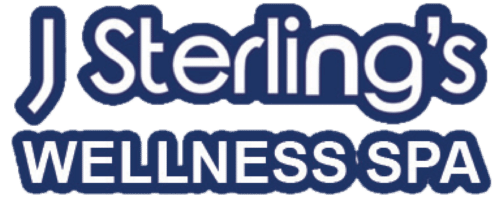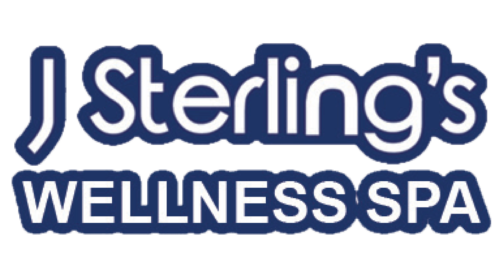J Sterling's Spa Gift Cards. The perfect gift for any occasion, any season!

What is Neuromuscular Massage?
Neuromuscular massage involves the application of targeted pressure and techniques to specific areas of muscle tissue and nerves. It aims to correct imbalances, reduce muscle tension, and alleviate pain by addressing trigger points, ischemic muscle tissue (lacking adequate blood flow), and nerve compression. Therapists use detailed knowledge of the body’s anatomy to locate and treat areas of dysfunction, promoting better muscle and nerve function.
Benefits of Neuromuscular Massage
Chronic Pain Relief: Neuromuscular massage is highly effective in treating chronic pain conditions such as sciatica, carpal tunnel syndrome, and lower back pain.
Improved Mobility: By releasing tight muscles and trigger points, this therapy enhances flexibility and range of motion.
Reduced Muscle Tension: The targeted approach helps to reduce muscle spasms and tension, promoting overall muscle relaxation.
Enhanced Circulation: Improved blood flow to treated areas aids in healing and reduces inflammation.
Postural Correction: Addressing muscular imbalances helps improve posture and alleviate strain on the body.
Increased Energy Levels: Reducing chronic pain and muscle tension can lead to increased energy and overall well-being.
Preparing for Your Massage
To maximize the effectiveness of your neuromuscular massage, consider these tips:
- Stay Hydrated: Drink plenty of water before and after your session to help your muscles recover and flush out toxins.
- Wear Comfortable Clothing: Loose, comfortable clothing allows for easy access to muscles and joints.
- Communicate: Inform your therapist of any specific pain points, areas of discomfort, or conditions you have so they can tailor the session to your needs.

